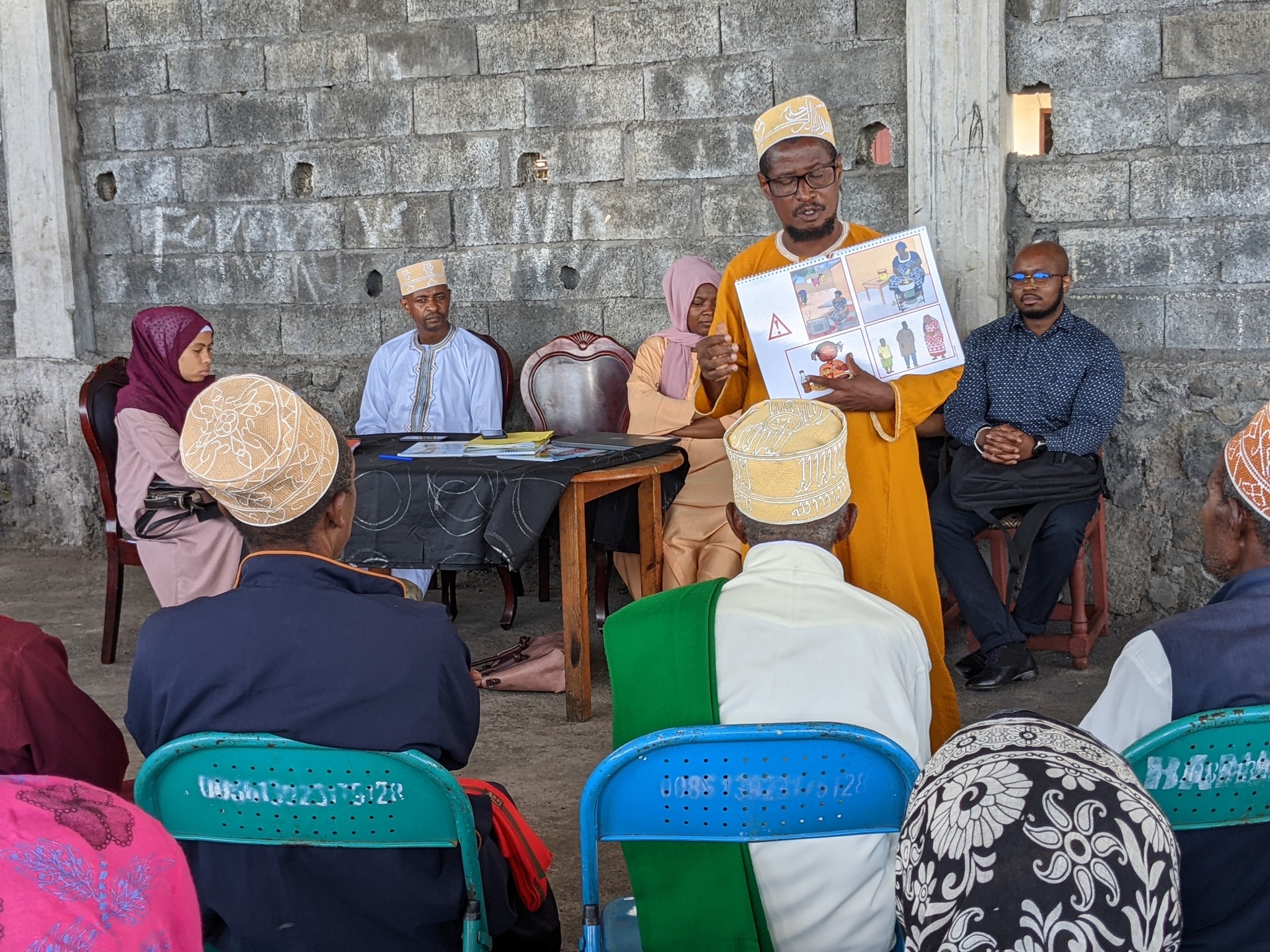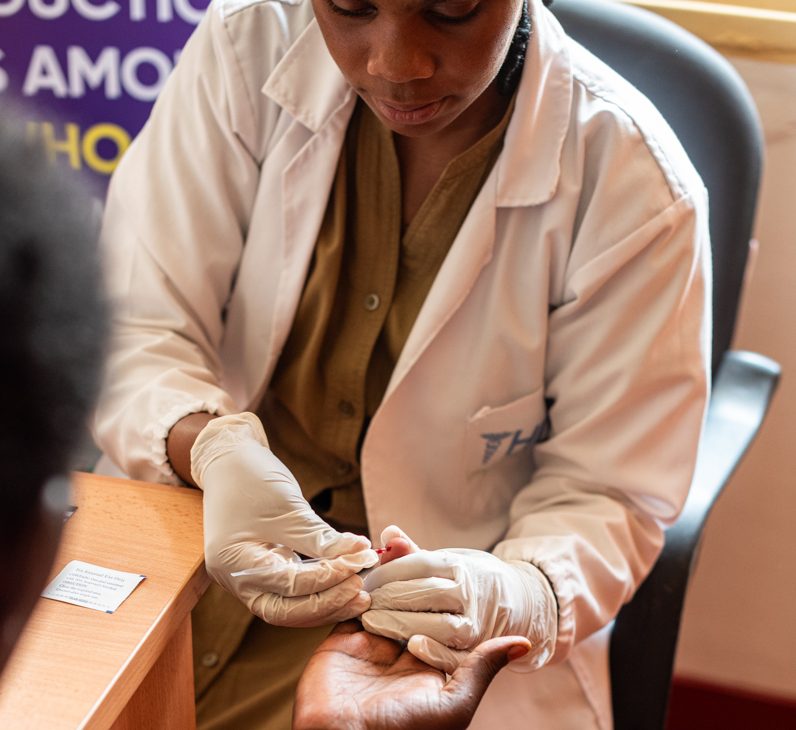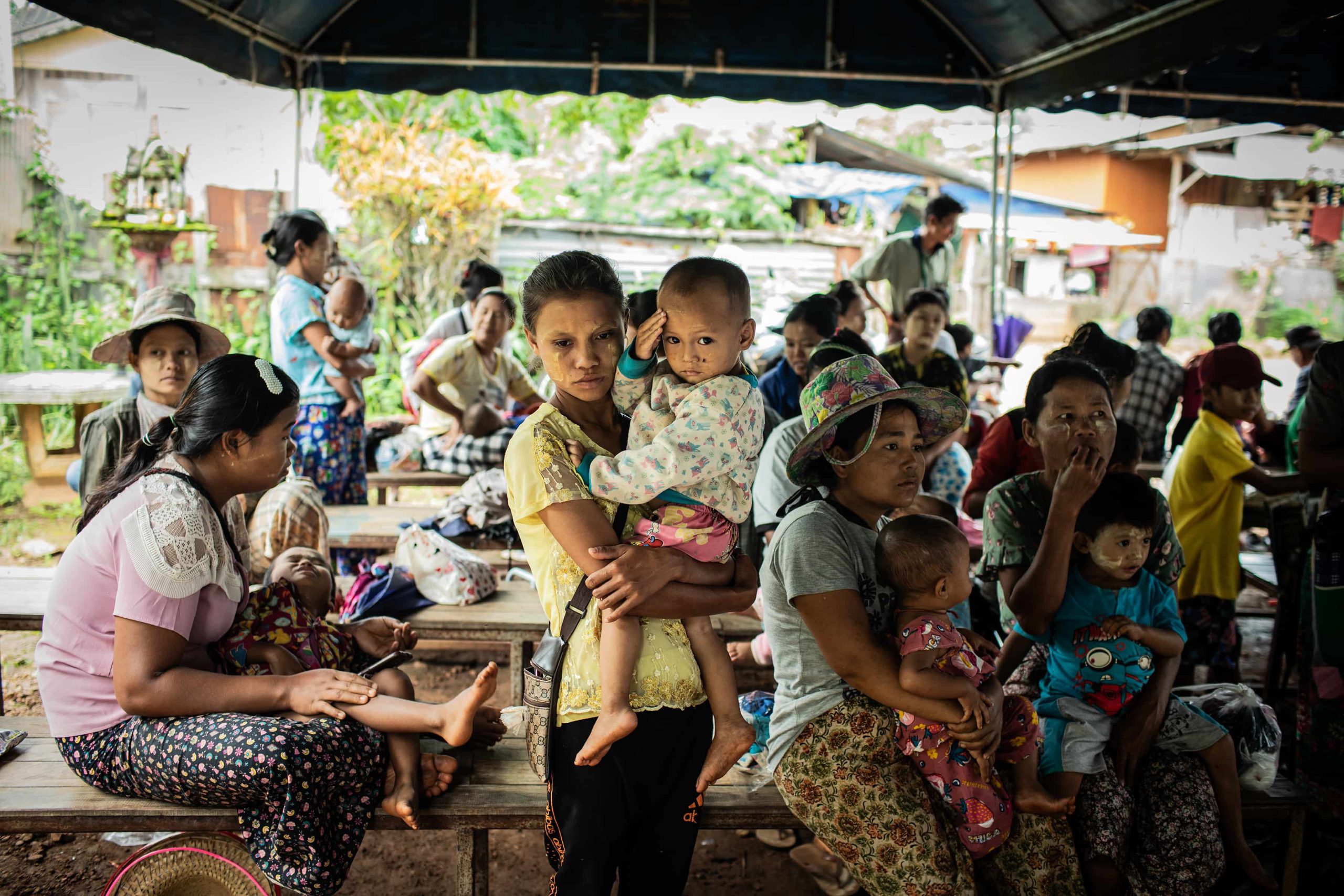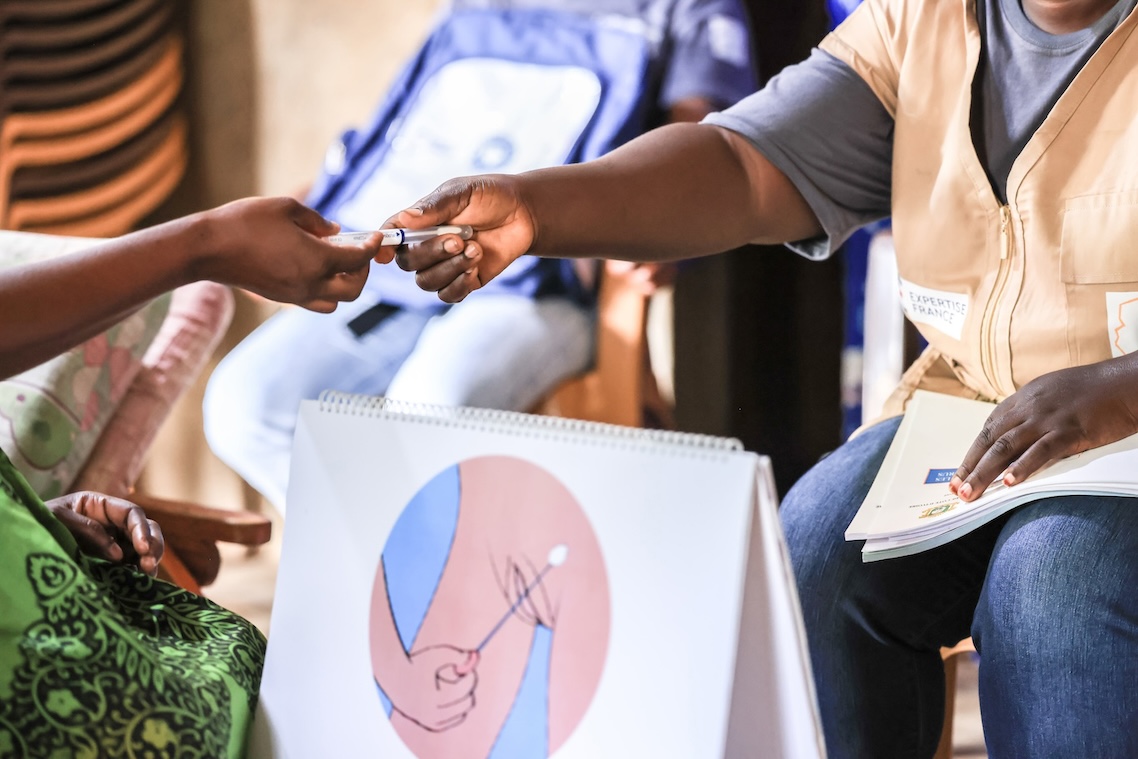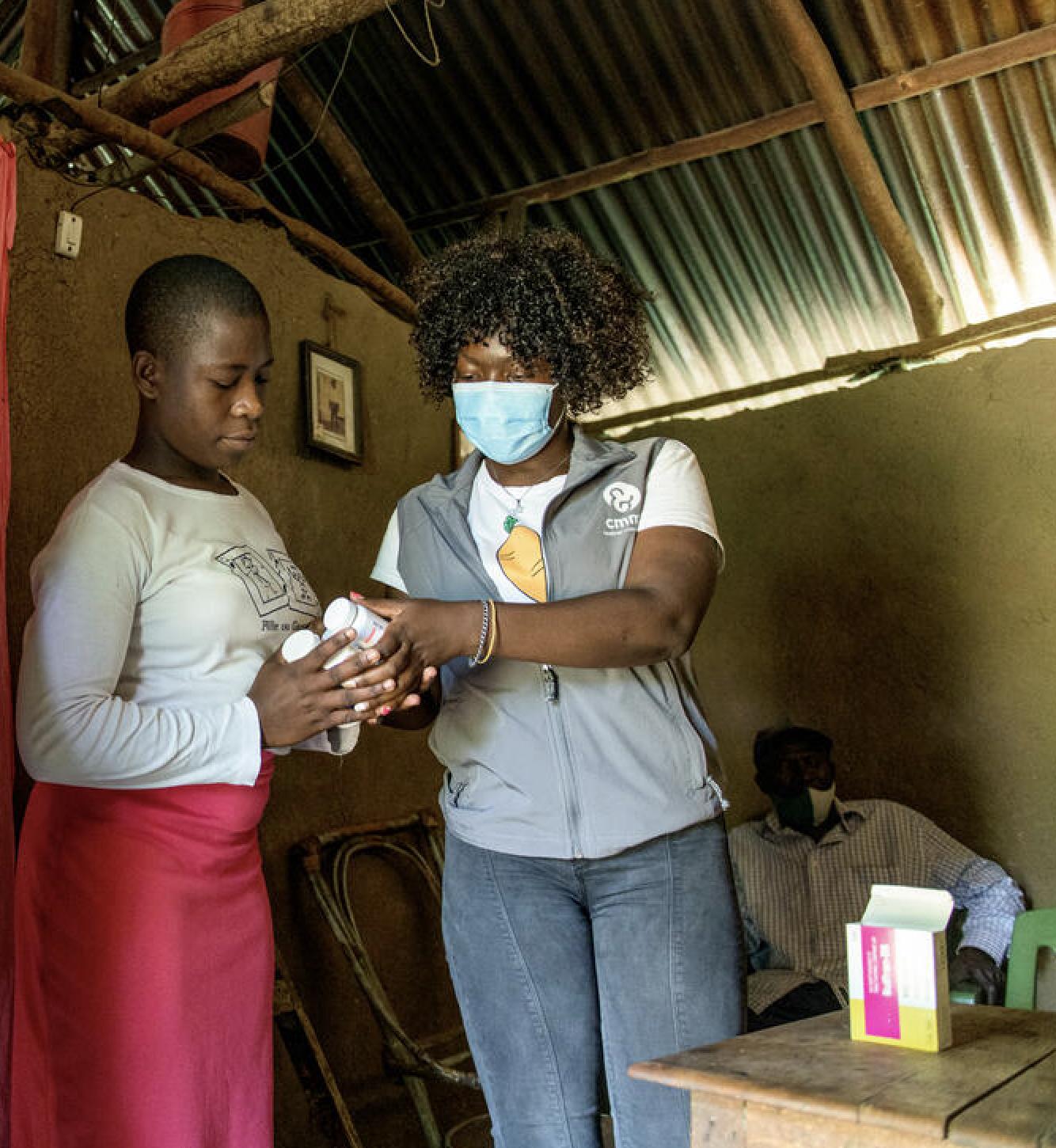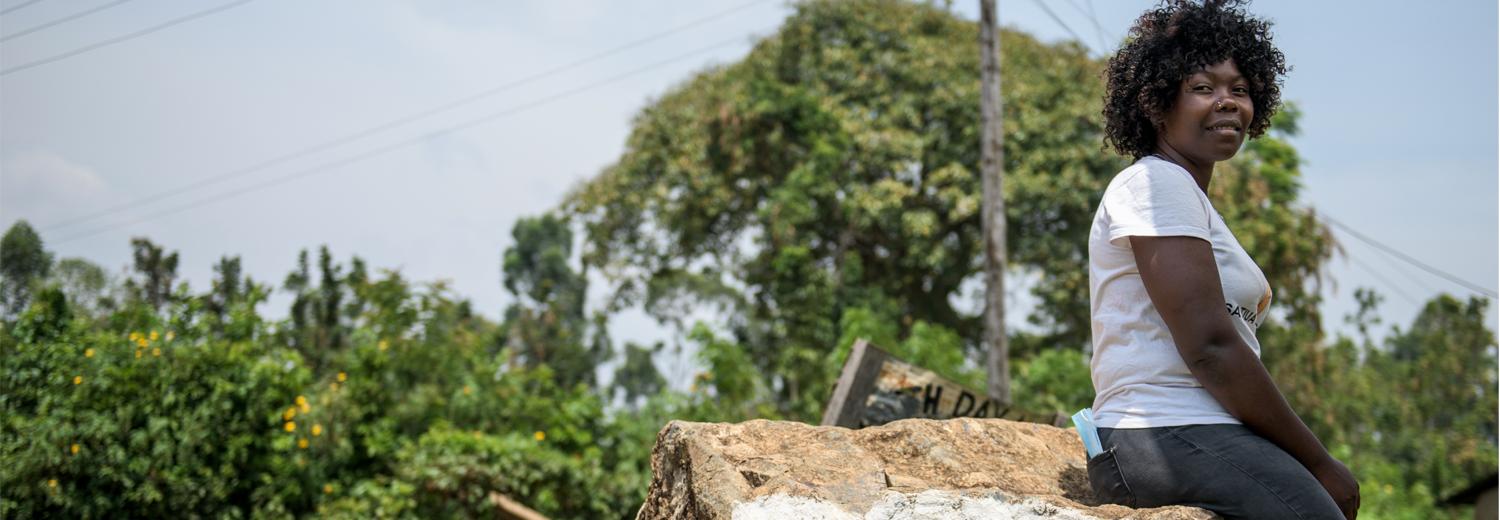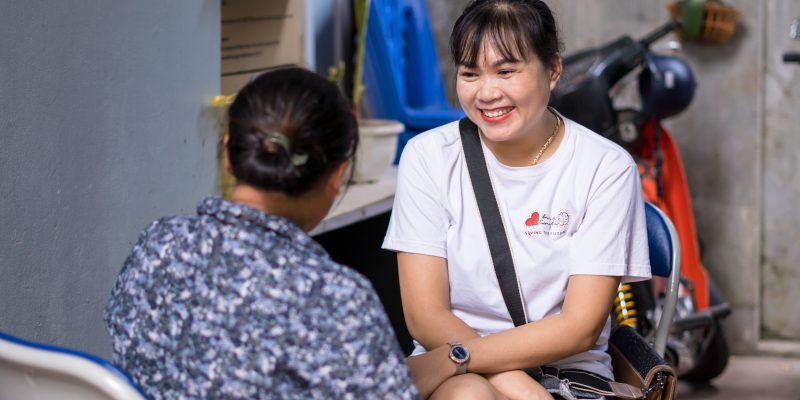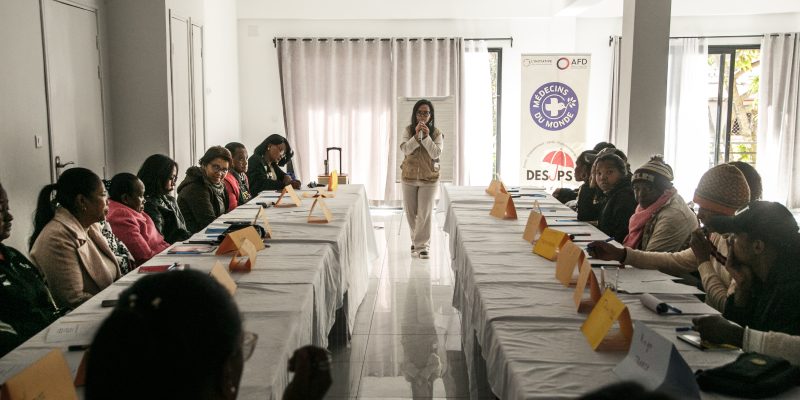TRI-MOM: towards the triple elimination of mother-to-child transmission
At the dawn of the 2000s, sub-Saharan Africa was grappling with an unprecedented HIV/AIDS epidemic: by late 2000, an estimated 25.3 million Africans were living with the virus. To slow mother-to-child transmission, the WHO recommended incorporating HIV screening and treatment into prenatal care. This strategy, later expanded to include syphilis, helped to stabilize the epidemic and saved over a million lives in Africa between 2005 and 2014. Hepatitis B, however, remained on the sidelines of public health priorities, even though it affects between 10% and 20% of people living with HIV in the region. In light of this, the WHO issued a call in 2022 for the triple elimination of mother-to-child transmission of HIV, syphilis, and hepatitis B by 2030, based on an integrated and coordinated approach. Researcher and professor Sylvie Boyer is leading the TRI-MOM project, implemented in The Gambia and Burkina Faso, which seeks to pilot and assess a triple elimination strategy among pregnant women.
How did this project come into being?
Sylvie Boyer: I am a researcher and lecturer at UMR 912 (Joint Research Unit 912 – Economics and Social Sciences of Health and Medical Information Processing, SESSTIM). This unit is supported by INSERM, IRD, and Aix-Marseille University. My early work, conducted during my PhD, focused on policies and strategies for access to HIV treatment in sub-Saharan Africa. Over time, I gradually shifted my focus toward evaluating hepatitis B control strategies in West Africa. This field had long been overlooked compared to HIV response efforts: resources allocated to combating hepatitis were extremely limited, and national hepatitis control programs have only recently begun to take shape. As a result, the fight against hepatitis B is now significantly lagging behind on the African continent.
In 2016, I carried out an initial project on this viral disease in Senegal, funded by ANRS-MIE, to assess its prevalence and impact on the population. As a follow-up, I focused my research on evaluating new approaches to hepatitis B control in two key areas: simplifying care for adults and preventing mother-to-child transmission. Alongside our partners in Burkina Faso and The Gambia, we conceived an interventional research project that would integrate hepatitis B screening and treatment for pregnant women into existing services, building on the experience acquired in responding to HIV and syphilis. This is how TRI-MOM was born—with the goal of piloting and evaluating a strategy for the triple elimination of mother-to-child transmission in both countries.
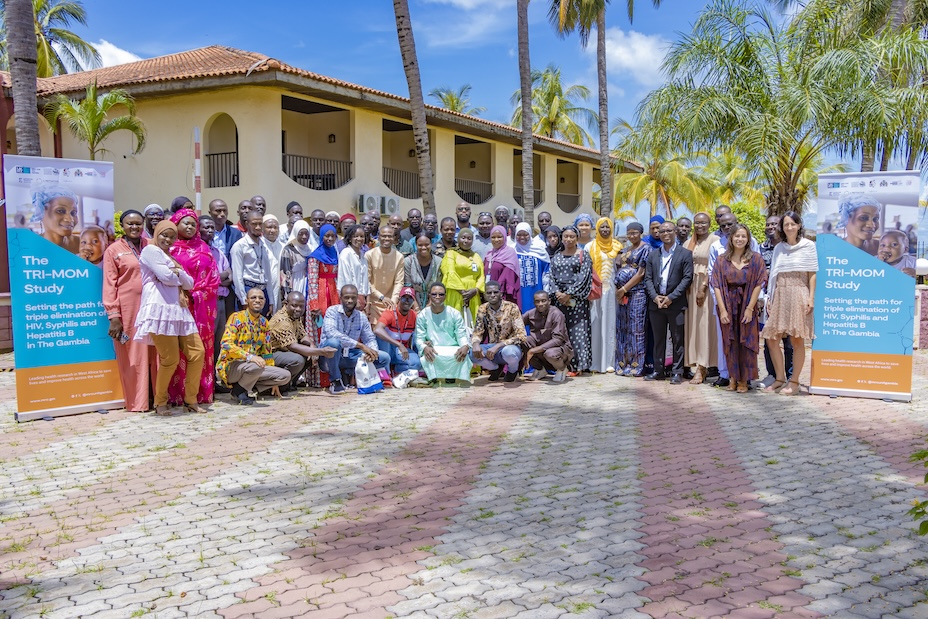
What are the key issues surrounding co-infection with HIV, hepatitis B, and syphilis—especially in pregnant women?
Sylvie Boyer: Each of these infections poses a serious risk to both mother and child, but when they occur together, their impact can be even more severe. For instance, co-infection with HIV and hepatitis B in pregnant women raises the risk of passing the infections on to the baby, and increases the chance of developing severe disease. In the case of hepatitis B, this can progress to liver cancer, which is especially difficult to treat.fficilement traitable.
The key issue is to detect infections as early as possible in pregnant women, ideally at the start of pregnancy, to stop transmission to the baby. Transmission can happen during pregnancy, childbirth, or, in the case of HIV, through breastfeeding after birth. The earlier an infection is acquired in life, the higher the risk it will develop into a severe form in adulthood, with long-term complications such as cirrhosis or liver cancer for hepatitis B. Early detection allows for tailored treatment depending on potential co-infections and enables enhanced clinical follow-up and adherence support to prevent drug resistance in HIV and hepatitis B infections. Effective treatment lowers the viral load to undetectable levels, making mother-to-child transmission almost impossible. Implementing a prenatal strategy helps prevent vertical transmission and, for hepatitis B, also horizontal transmission to other children in the family. It also improves the mother’s health by controlling infections, which contributes to the long-term health of the population.
Could you describe the context in the two countries where you are operating, The Gambia and Burkina Faso?
Sylvie Boyer: Throughout West Africa, prevention efforts against hepatitis B are lagging, particularly with newborn vaccination and the screening and preventive treatment of pregnant women. Despite this, adult prevalence remains very high. In The Gambia, prior to vaccination campaigns in the 2000s, prevalence was between 10 and 12%, but it has since fallen to about 6%. Nonetheless, this progress is incomplete: newborn vaccination is often given late, while to effectively prevent mother-to-child transmission, it should be administered within the first 24 hours after birth. In Burkina Faso, prevalence estimates vary by region, but adult rates remain around 10%. These factors made both countries suitable for piloting a triple elimination strategy. Additionally, the coverage of hepatitis B screening and treatment among pregnant women was very low, in contrast to HIV infection.
This strategy’s trial in both countries is enabled by a broad consortium that brings together scientific partners, community organizations, and national programs. The IRD, through the SESSTIM team, serves as the main lead. In Burkina Faso, the project is implemented by Centre Muraz and coordinated by Alice Guingane, with REVS PLUS managing community activities. In The Gambia, MRC Unit The Gambia, under the leadership of Maud Lemoine, leads the implementation, with the Young Gambian Mums Fund in charge of the community aspects. We also receive support from the National HIV Control Program—now expanded to cover hepatitis in The Gambia—and the Institut Pasteur in Paris.
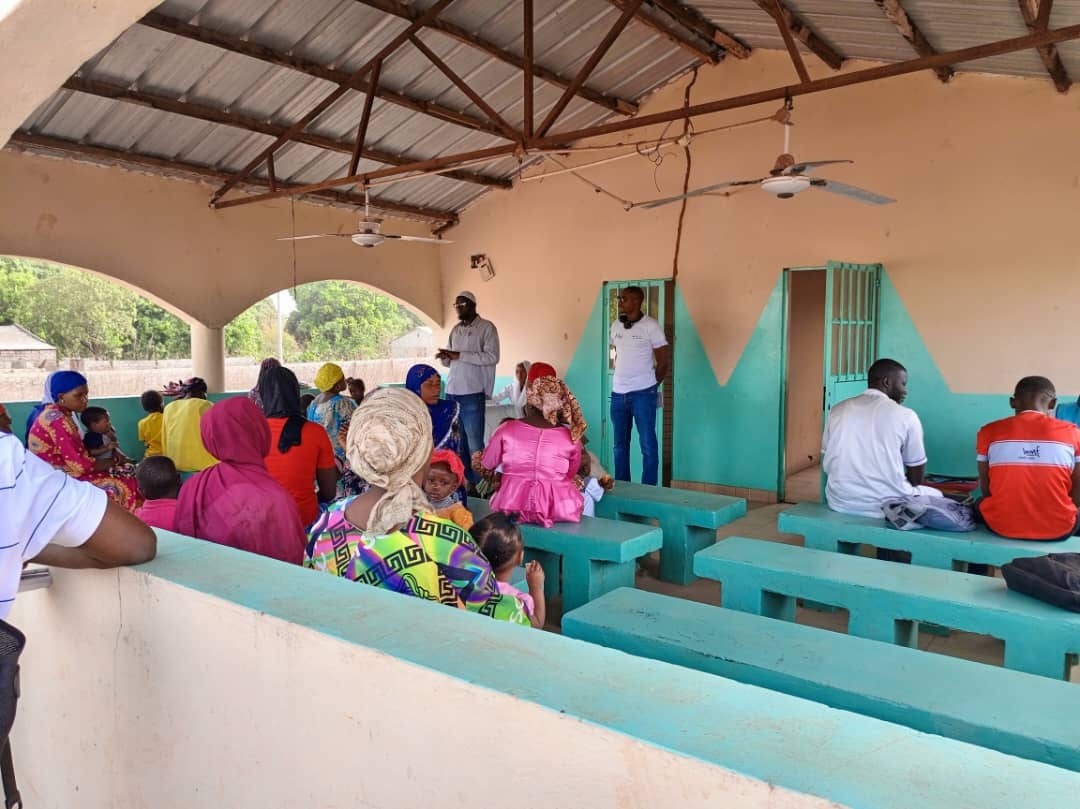
How does the project assist the National Programs?
Sylvie Boyer: The project supplies the necessary inputs to prevent mother-to-child transmission of the three infections, complementing national programs. For instance, we provide hepatitis B screening tests and treatment for pregnant women, while the national programs supply HIV and syphilis screening tests and HIV treatments. Our objective in The Gambia and Burkina Faso is to equip governments with practical knowledge on how to develop and implement national triple elimination strategies. Drawing from the TRI-MOM pilot experience, we seek to identify what works and what doesn’t, to help ensure the success of the emerging national strategies. In The Gambia, a steering committee was set up from the start of the project in September 2023, and we collaborate closely with authorities to support their decision-making and address their concerns. One of the key questions revolves around the choice of treatment strategy for hepatitis B. Unlike HIV, where the approach is clearly defined—positive test, immediate treatment—two options exist for hepatitis B. The first option is to treat only women with a high viral load, who are at greater risk of transmission; the second is to treat all women who test positive. The first, known as the targeted strategy, involves additional viral load tests, which are often costly and not readily accessible. The second, the universal strategy, was recently recommended by WHO when viral load testing is not available: it entails treating all women who test positive as a precaution, despite uncertainty about their transmission risk (only about 10% of women are actually at risk).
At present, there is limited data to compare these two strategies. TRI-MOM is experimenting with both approaches. In each country, three sites implement the targeted strategy, while a fourth adopts the universal strategy. The comparative assessment will offer preliminary information to help inform future policy choices.
In what ways are women and communities more generally engaged in the project?
Sylvie Boyer: We incorporated hepatitis B screening alongside HIV and syphilis testing into prenatal services at eight pilot health centers: four in The Gambia and four in Burkina Faso. By mid-June 2025, around 10,000 women had been screened in The Gambia (out of a target of 12,000), with about 500 testing positive for at least one infection, mostly hepatitis B. Eighty-six percent of hepatitis B-positive women who needed treatment received it during pregnancy. In Burkina Faso, the project began more recently, in March 2025. By mid-June 2025, 1,770 women had been tested, with 188 testing positive for one or more infections.
The project’s activities with women go beyond clinical care. We have also developed an important community component. The aim is to enhance women’s knowledge about preventing mother-to-child transmission of the three infections and to support them throughout their care process. This empowerment involves guiding women to make informed choices about their health and that of their baby. Concretely, REVS PLUS has trained and placed peer mediators in the study sites who conduct this community support. This includes regular individual interviews with pregnant women affected by the infections to assist them in accepting their status and discussing it with their partner. These infections, particularly HIV, are still heavily stigmatized. When women prefer not to disclose their status, the peer mediators consider their social context to provide the most appropriate support and prevent care disruptions.
Meanwhile, the project teams have trained about a hundred healthcare providers at the study sites in each country on both the project’s triple elimination strategy and the prevention and care of the three infections. The goal is to ensure they are fully equipped to conduct quality screening, counsel women who test positive, and provide suitable treatment.
What role has L’Initiative played in this project?
Sylvie Boyer: L’Initiative has been a unique source of funding that enabled support for the rollout of a new strategy combining the prevention of mother-to-child transmission of hepatitis B with HIV and syphilis prevention, along with an operational research element crucial for assessing the strategy. It also provides supplementary financial backing to the National Programs, welcomed by them, to pilot and scale up triple elimination while allowing for an operational research component—important for both researchers and decision-makers to inform policy development in this area.
